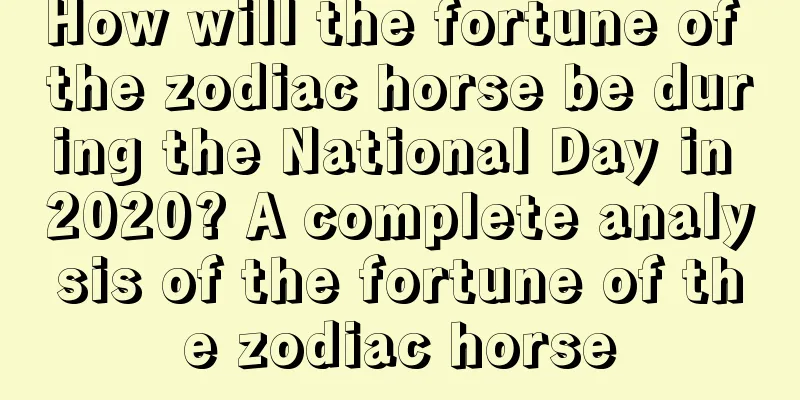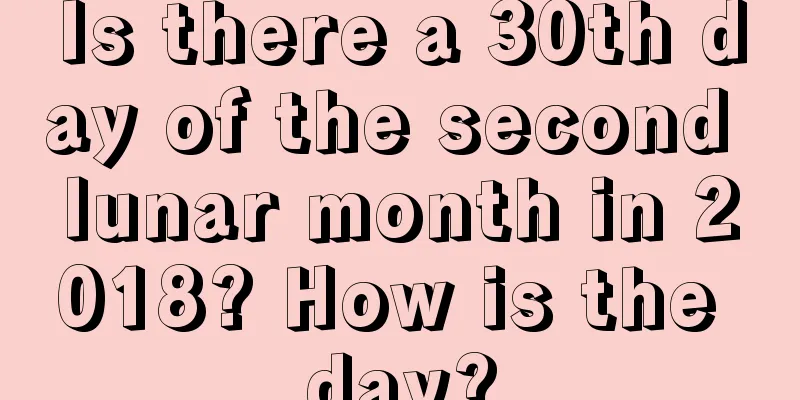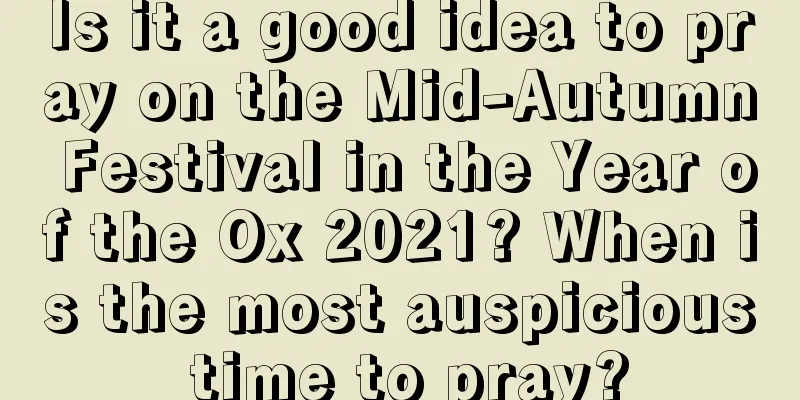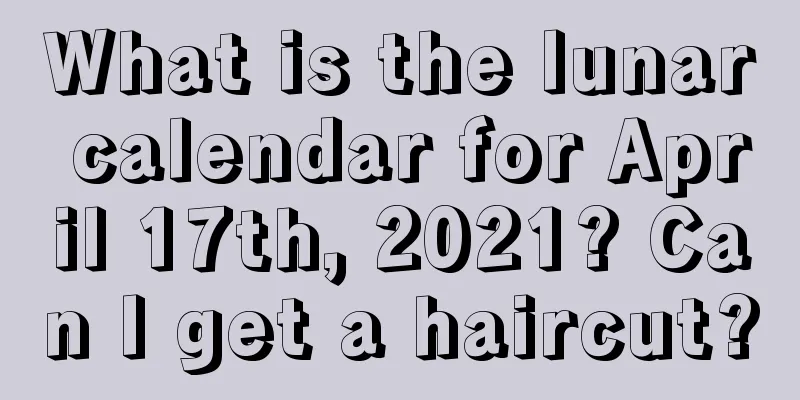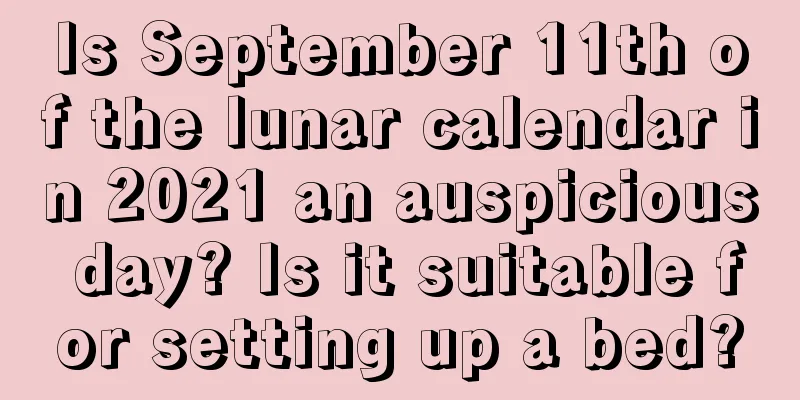Are the Waking of Insects and Dragon Raising its Head the same day in 2022? What does the dragon raising its head mean?
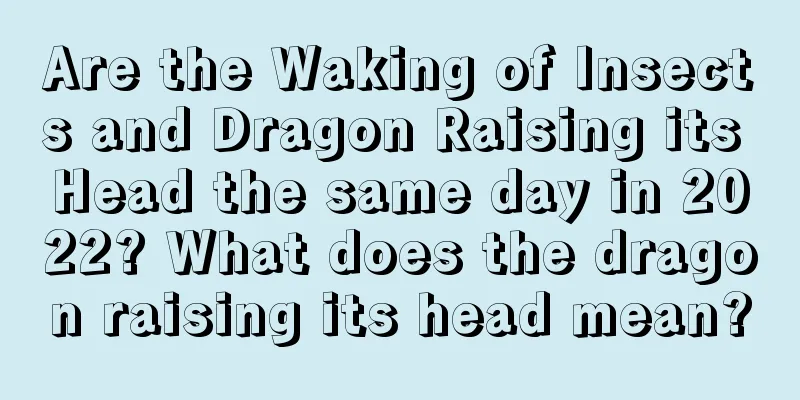
Jingzhe is one of the 24 solar terms. So, let’s see if Jingzhe and Longtaishan are on the same day in 2022? What does the dragon raising its head mean? The traditional name of February is Ru Yue, also known as Hua Chao. It is a vibrant month, and every day is a new beginning. Shui Mo Xiansheng's website's special topic on the second month of the lunar calendar in 2022 will explore with you - the auspicious and inauspicious days in the second month of the lunar calendar.Are the Waking of Insects and Dragon Raising its Head the same day in 2022?No, the Waking of Insects and Dragon Raising its Head in 2022 are not on the same day.The time of Jingzhe in 2022 is: March 5, 2022, Saturday, Pisces (solar calendar); February 3, 2022, Lunar calendar (lunar calendar) Jingzhe, also known as "Qizhe", is the third solar term in the twenty-four solar terms. The Big Dipper points to Ding, and the Sun reaches 345° of ecliptic longitude, which occurs on March 5-6 in the Gregorian calendar. The Waking of Insects reflects the phenomenon that natural organisms sprout and grow due to changes in rhythm. The time of Dragon Raising its Head in 2022 is: Friday, March 4, 2022, Pisces (solar calendar); February 2, 2022, Lunar calendar (lunar calendar) Dragon Raising its Head (the second day of the second lunar month), also known as the Spring Ploughing Festival, Agricultural Festival, Green Dragon Festival, Spring Dragon Festival, etc., is a traditional Chinese folk festival. "Dragon" refers to the seventh star of the Eastern Azure Dragon among the twenty-eight constellations. At the beginning of the first month of spring every year (when the Big Dipper points to the east), the "Dragon Horn Star" rises from the eastern horizon, so it is called "the Dragon Raising its Head". Therefore, the Waking of Insects and the Dragon Raising its Head in 2022 are not on the same day. The day before the Dragon Raises its Head is What does the dragon raising its head mean?"Dragon" refers to the seventh star of the Eastern Azure Dragon among the twenty-eight constellations. At the beginning of the first month of spring every year (when the Big Dipper points to the east), the "Dragon Horn Star" rises from the eastern horizon, so it is called "the Dragon Raising its Head"."Dragon Raising its Head" originated from the worship of natural celestial phenomena and is related to people's understanding of the movement of stars and farming culture in ancient times. Although "Dragon Raising its Head" has a long historical origin, it became a national festival and appeared in documents after the Yuan Dynasty. There are many activities related to "Dragon Raising its Head", but no matter what kind of method they are, they all revolve around the beautiful belief in the Dragon God. It is an activity where people place their hopes for survival. As far as the whole country is concerned, customs vary from place to place due to different regions. |
Recommend
Is March 14th of the lunar calendar in 2018 a good day for a haircut? What should I pay attention to when getting a haircut?
In traditional Chinese customs, the choice of day ...
Is it suitable to set up a bed on April 18th of the lunar calendar in 2021? Is this an auspicious day?
In April, the branches are full of locust flowers,...
Do boys born on the summer solstice in 2021 have good fortune? Are they destined to be blessed with good fortune?
After the summer solstice, yin energy begins to gr...
Is November 15th of the lunar calendar in 2017 a good day to sign a contract?
Introduction: The smooth signing of a contract is ...
Is it a good time to move on the fourth day of the first lunar month in 2021? Is it a good time to move on the fourth day of the first lunar month in 2021?
Introduction: It is generally necessary to choose ...
What time will it be the Rain Water time on the Rain Water solar term in 2019?
During the Rain Water solar term, the temperature ...
What are the customs on the 21st day of the twelfth lunar month in 2021? What should I pay attention to?
The customs of different festivals are different. ...
What ancient legends are there about the Spring Festival? Detailed explanation of the origin of the Spring Festival
Introduction: The Spring Festival is one of my cou...
How is the twelfth day of the sixth lunar month in 2022? Is it an auspicious day?
Some days are auspicious days, while some days are...
Is it a good fate and fortune for a baby boy born on the fourth day of the third lunar month in 2018?
Introduction: Although children cannot choose the ...
Is March 30th of the lunar calendar in 2019 an auspicious day?
Is March 30th of the lunar calendar in 2019 an aus...
Is October 28th of the lunar calendar in 2017 a good day for offering sacrifices?
Introduction: In early winter, the weather turns c...
Is the fourth day of the seventh lunar month in 2018 an auspicious day for praying? How is today's time?
In traditional culture, the more important things ...
What is the lucky god for people born at the hour of Yin on the Double Ninth Festival in 2019?
The Double Ninth Festival is on the ninth day of t...
Is May 19th of the lunar calendar in 2020 suitable for holding a wedding?
Is May 19th of the lunar calendar in 2020 suitabl...
